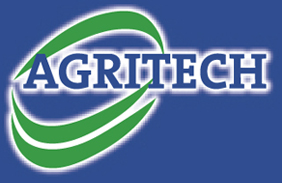Newborn calves are born with undeveloped rumens, yet they will spend most of their lives as fully functioning ruminants. The main objective over the next number of weeks and months is to assist calves in developing their rumen as much as possible before they are weaned, so that they grow to be cost-effective forage consumers that are efficient at converting feed to milk or meat.
Rumen development begins within the first few days/weeks after birth and is advanced by exposure to healthy bacteria from the environment and the consumption of solid feed. Hence, the importance of introducing a high energy, 18% crude protein calf-starter ration from approximately 3 days of age, with free access to fresh clean water and high-quality clean straw (no haylage or silage).
The handling of the weaning process will hinge around how the rumen has developed over the first weeks of the calf-rearing period. Weaning should not be considered until calves are consuming at least 1-1.5kg of concentrates per head per day – signalling that the calves dry matter intakes can cope with the transition to a solid feed diet.

Rumen development at six weeks. When fed milk only (A) the rumen has no papillae and is white in colour, meaning there is little feed absorption possible. When fed milk and grain (C) the rumen at six weeks shows developed papillae and is dark in colour, allowing for significant feed absorption. Source: Penn State University
What is happening to dairy calves at grass?
Year on year, cases of calves suffering setbacks once first turned out to grass arise on farm, often described as summer-scour syndrome or calf wasting symptoms.
Spring grass is very high in oils such as CLA (Conjugated Linoleic Acid), sugars and potentially nitrogen, which young, underdeveloped rumens can find difficult to adjust to. Low covers of grass have a very low fibre content which is a key substrate for good rumen health.
Greater rumen development in early life will help combat such issues, alongside considering practises such as, offering concentrates post-turnout, grazing slightly heavier covers until calves are adapted to a grass-based diet, offering a fibre source at turn-out to ease the transition and/or strip grazing calves to ensure stem content is being grazed.
It is important to remember that calves are not yet fully functioning ruminants and therefore should not be treated as such.
More Information
For more information on rumen development, contact your local Agritech Sales Advisor.


